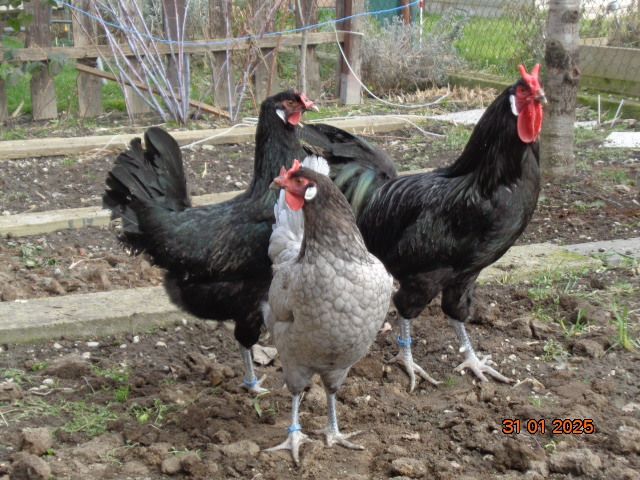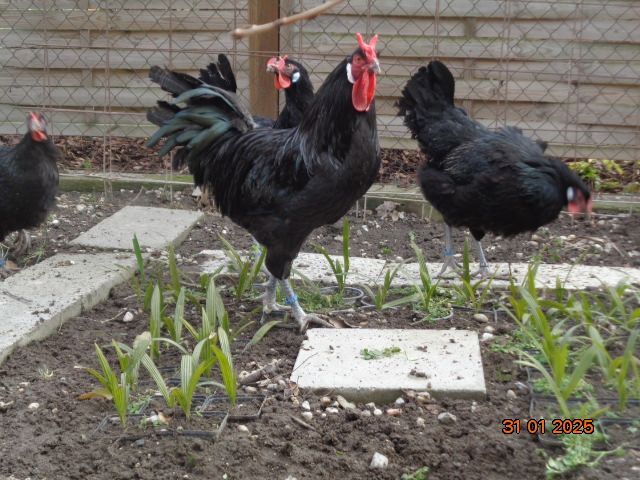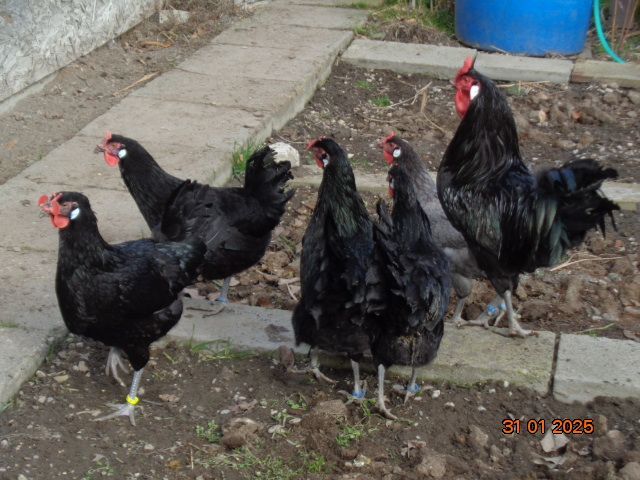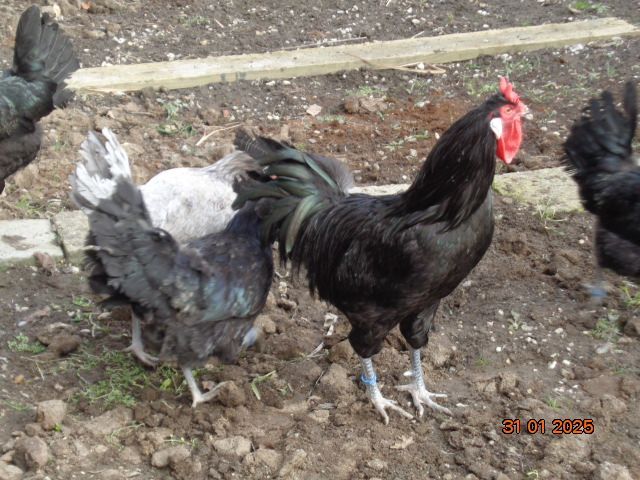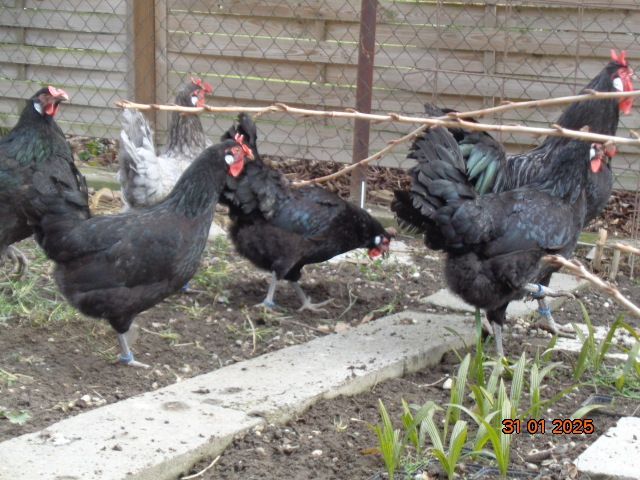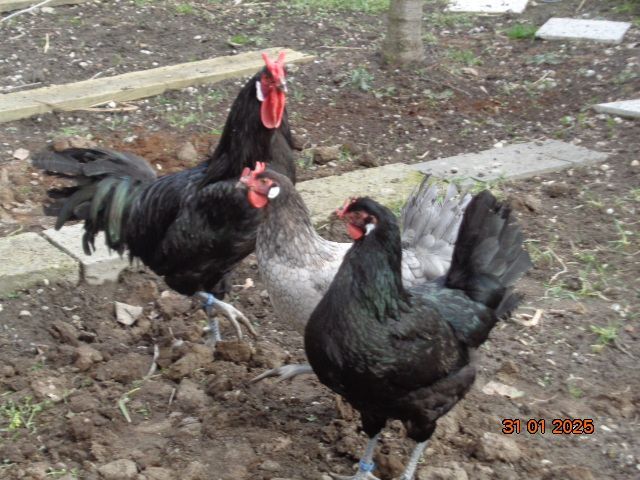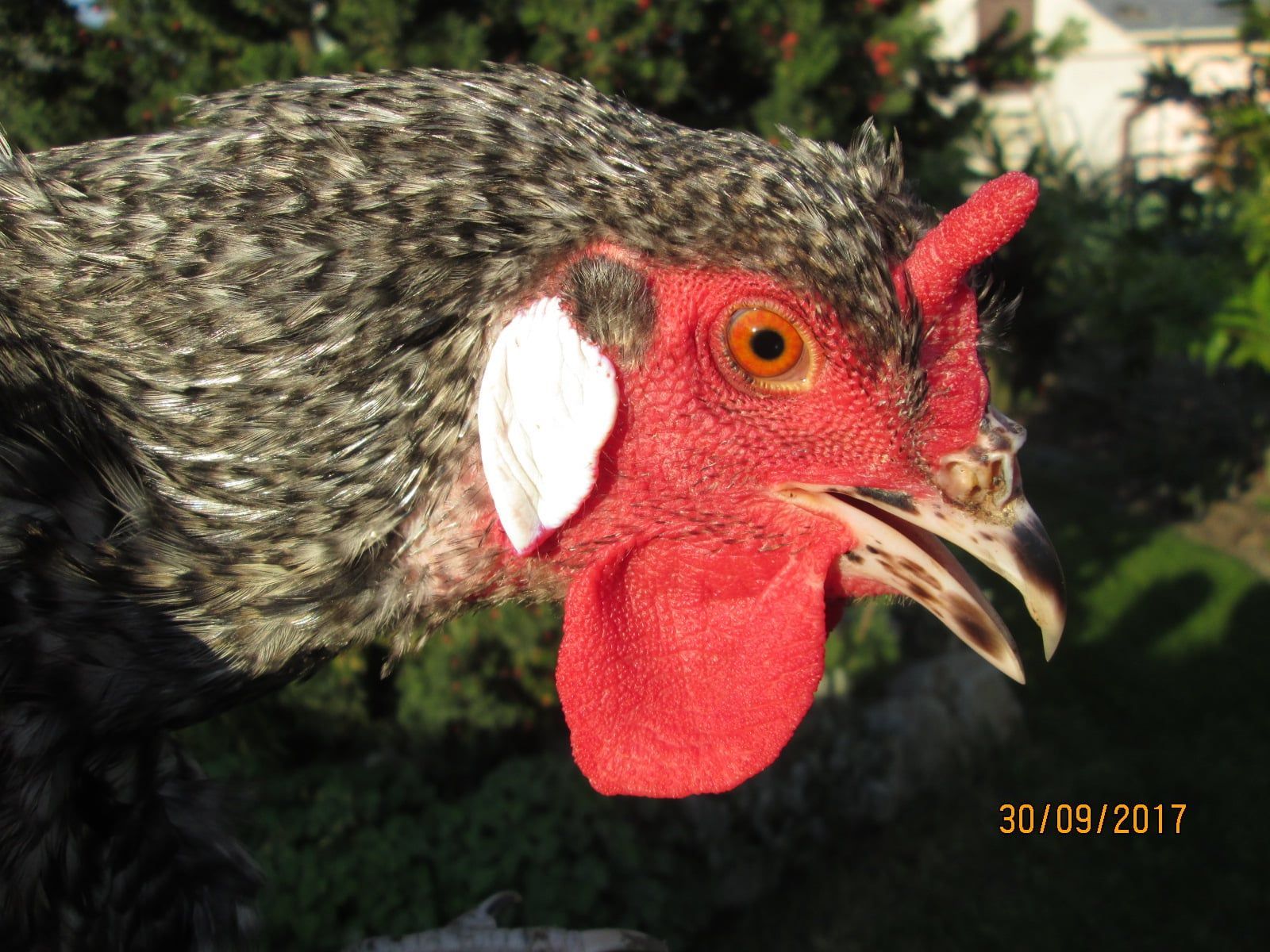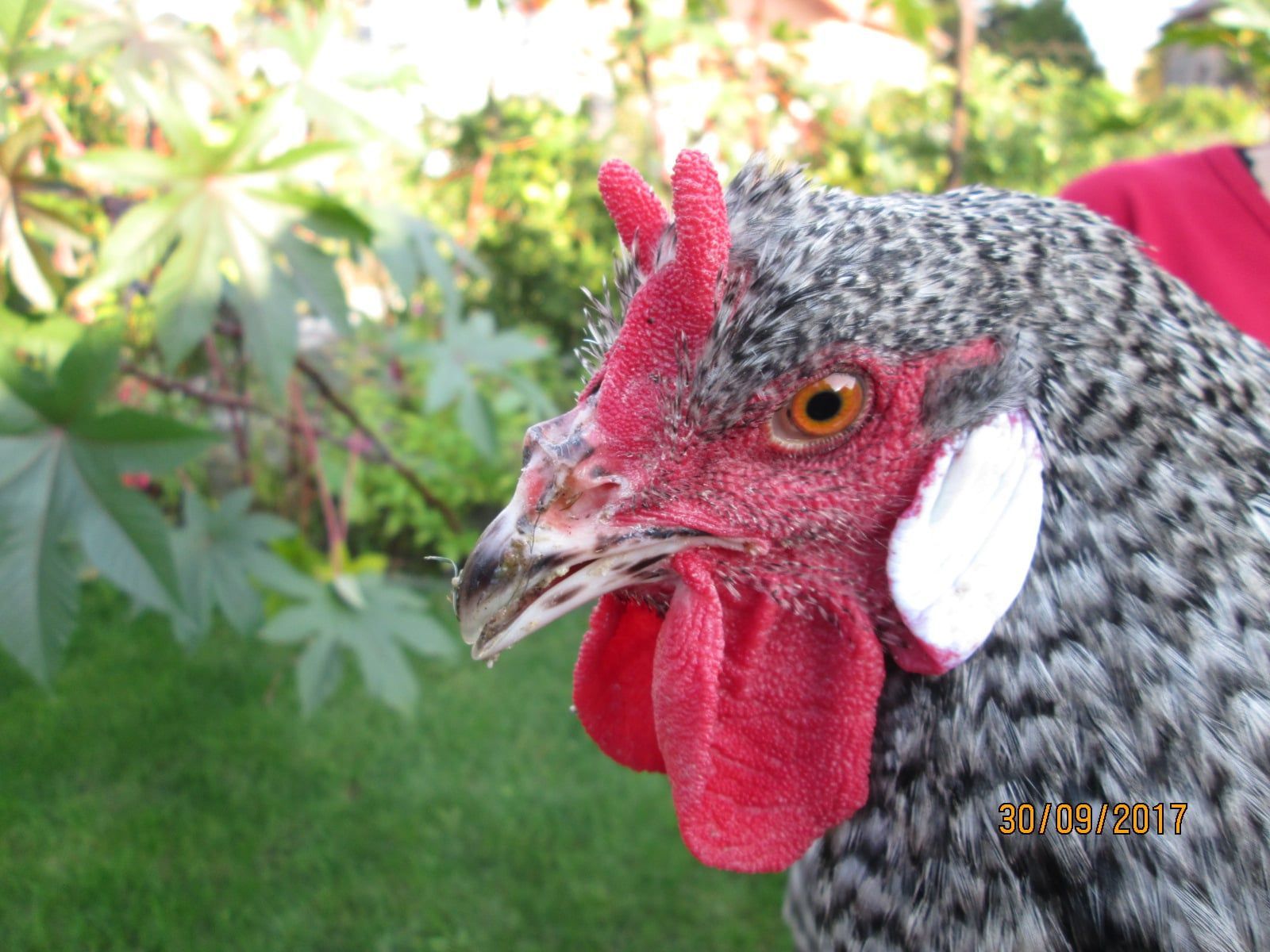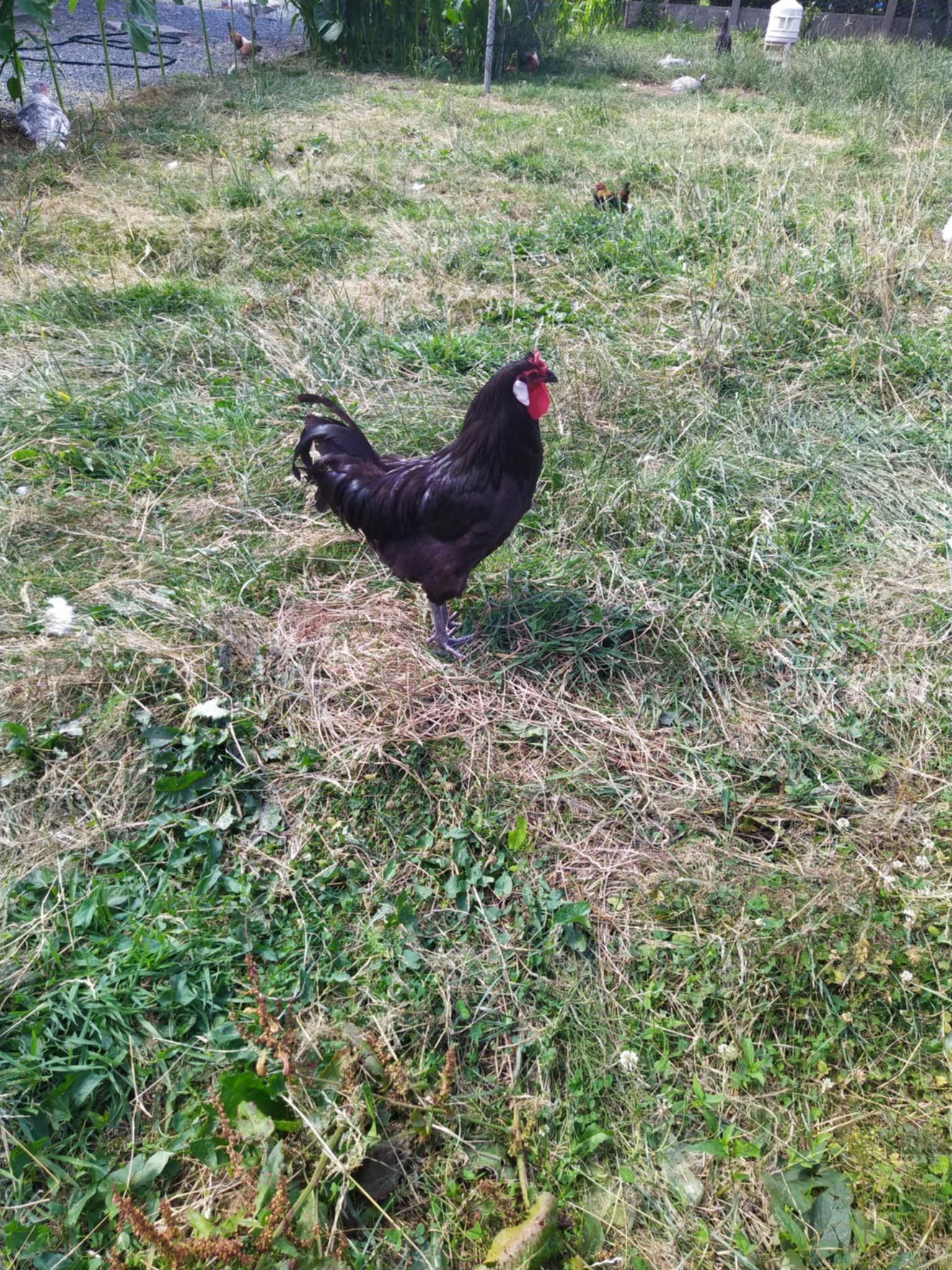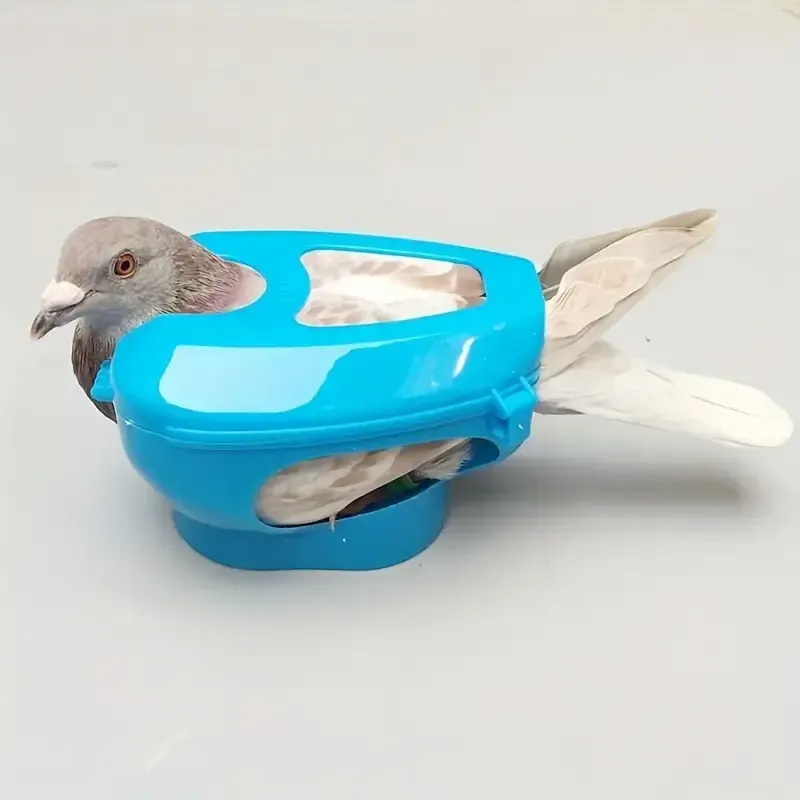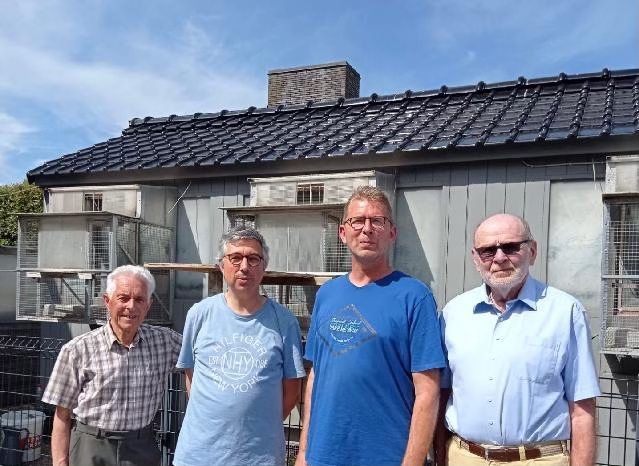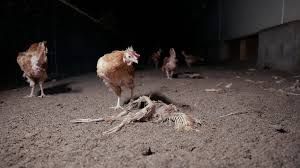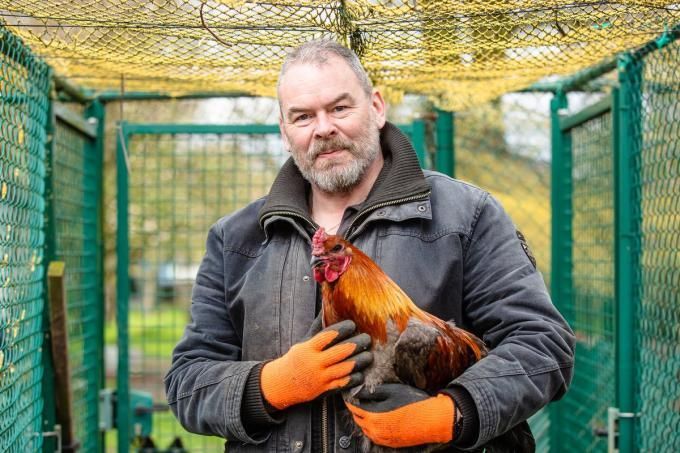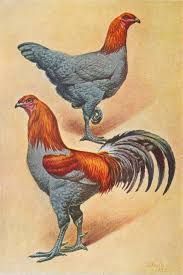Poultry Grandmasters: The La Flèche
Poultry Grandmasters: The La Flèche
An Interview with Breed Expert Peter Ferjenčík, aka Kohut Zpekla (“Rooster from Hell”) from Slovakia.
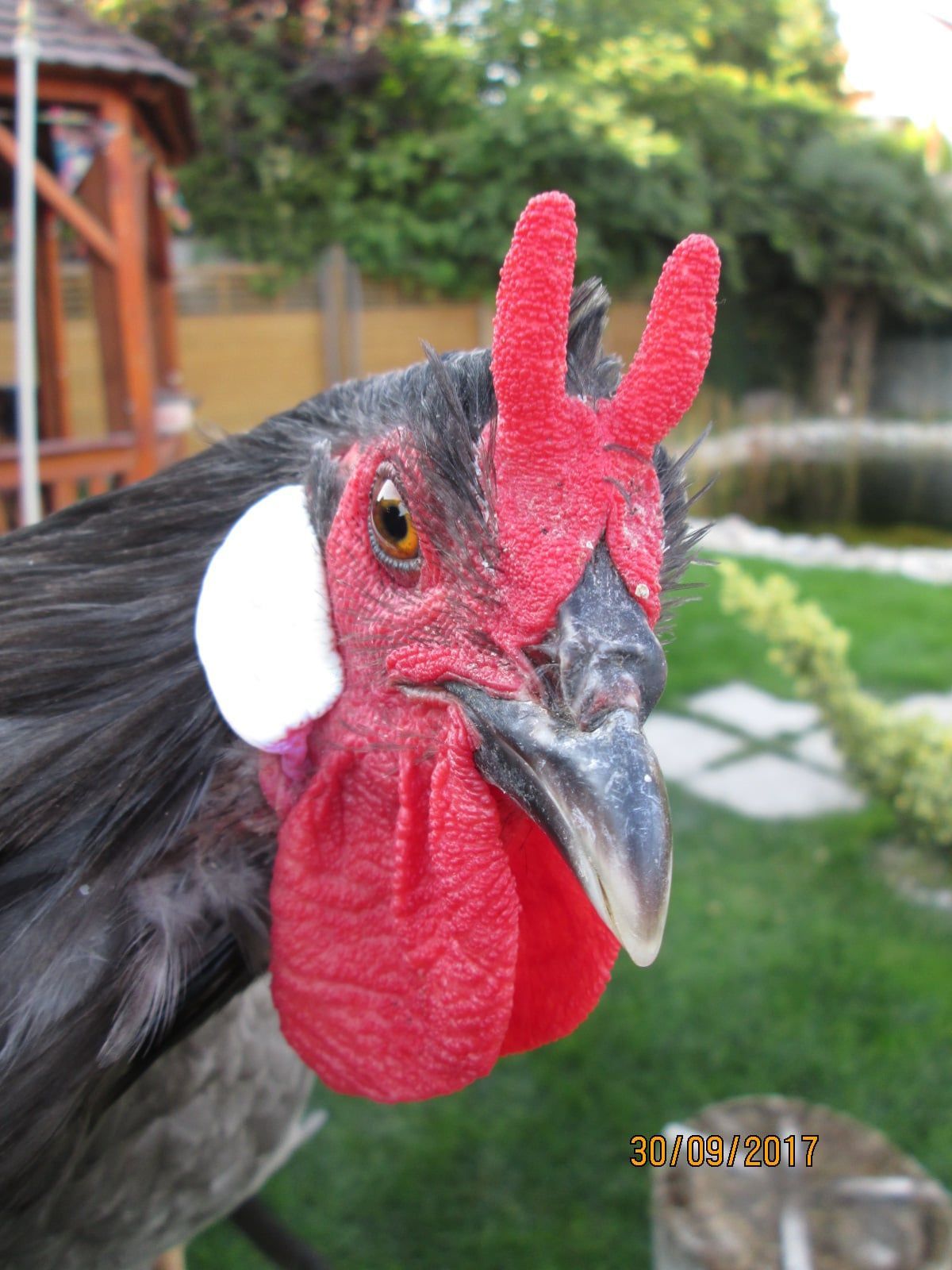
In the world of ornamental and utility poultry, few breeds capture the imagination quite like the La Flèche. With their signature devilish red V-shaped comb, glossy black plumage, and striking white earlobes, these chickens seem as if they’ve stepped straight out of a medieval legend. Though this French breed boasts a rich history dating back to the 15th century, it remains rare and relatively unknown outside its country of origin. We spoke with Slovak breeder Peter Ferjenčík, better known by his nickname Kohut Zpekla (“Rooster from Hell”), who has been passionately breeding this mysterious and impressive breed for over two decades. In this interview, he shares his experiences, insights, and deep admiration for one of the most distinctive chicken breeds in the world.
Background & Beginnings
Could you briefly introduce yourself to our readers?
My name is Peter Ferjenčík, I live in Bratislava, Slovakia. I've been breeding light poultry, which is almost unknown in my country, for 22 years. I’ve always looked for breeds that differ from the commonly kept ones here.
How did you get started keeping poultry?
About 30 years ago, I started with White-crested Dutch bantams. In the years that followed, I tried many breeds – from Leghorns and Brakels to Orloffs and Pavlovskayas. In the end, I stayed loyal mostly to breeds with unique features, such as Araucanas.
When did you first come into contact with the La Flèche breed?
Back in the pre-internet days, I discovered La Flèche in a chicken encyclopedia. Their devilish look immediately caught my attention.
What attracted you to this unique French breed?
Their distinctive red V-shaped comb instead of a standard one, the black plumage with white earlobes – and that devilish look – fascinated me. I sometimes call them my "Lucifer's chickens."
How long have you been breeding La Flèche?
Since 2003. I got my first hatching eggs from a breeder in Prague. Over the years, I built up my own line, adding roosters from Germany and Austria and introducing new color varieties.
The La Flèche Breed
What do you find most striking about the La Flèche?
Without a doubt, their appearance. The V-shaped comb, black feathers, and large white earlobes make them stand out with an elegant and noble look.
How would you describe the temperament of this breed?
They are lively and flighty. Not aggressive, but cautious – you have to earn their trust.
What are the biggest challenges in keeping and breeding La Flèche?
It’s hard to tell roosters from hens early on – they look the same for a long time. Also, it’s difficult to find unrelated birds due to the rarity of the breed. Their ability to fly means they need a well-enclosed run.
What makes a good La Flèche in your opinion? What do you look for?
A good La Flèche should have a strong build, long legs, upright posture, well-developed horn combs (in males), and a striking contrast between the black plumage and red/white facial features.
What is your favorite characteristic of this breed?
Definitely the horned comb – it’s what makes this breed so unique.
Color Varieties & Bloodlines
Which color varieties of La Flèche are you currently working with?
Mainly black and blue La Flèche. Thanks to a French import, I now also breed the rare coucou variety.
Have you kept other color varieties in the past?
Yes, through German hatching eggs I got birds in white, splash, and coucou.
Which variety do you find the most beautiful or the most challenging?
Black is still my favorite due to its visual contrast, but coucou is very rare and therefore special.
Where did you get your first La Flèche from?
In 2003, I obtained hatching eggs from a breeder in Prague. My first rooster came from Straubing, Germany.
Have you introduced any new bloodlines later? If so, from where?
Yes. I added roosters from Austria, Germany (Leipzig), and France (Metz). Refreshing the bloodlines is essential.
How important do you think it is to introduce new bloodlines?
Very important – especially with a rare breed. Without fresh genetics, inbreeding becomes a real risk.
Have you ever developed a new line yourself?
Yes, my current birds are the result of years of selection for appearance, fertility, and character.
Shows & Recognition
Do you often participate in shows with your La Flèche?
Yes, I regularly exhibit them. In 2015, I participated in the European show in Metz (France), and I’ll also be at the European Animal Show in Nitra in 2025.
What has been your best result at a show so far?
Exhibiting in Metz and acquiring a rare coucou-colored French rooster there was definitely a highlight.
What do you find more important: exhibition quality or functional traits?
Both are important. Appearance matters at shows, but I also value egg-laying ability and health.
How is the La Flèche generally received at shows in Slovakia or elsewhere?
The breed always attracts attention due to its unique look. I’ve even seen the bantam version at a show in the Czech Republic.
Breeding & The Future
How large is your current flock of La Flèche?
It varies by season, but I breed selectively and with a clear focus. My first hatches start as early as January to prepare young birds for summer shows.
What is your biggest breeding challenge at the moment?
Sexing the chicks is difficult in the early stages. Also, maintaining genetic diversity is always a challenge with rare breeds.
How do you see the future of the La Flèche in Slovakia and Europe?
I hope more breeders will discover this fascinating breed. It deserves to be seen more often at exhibitions.
What advice would you give to beginners who want to start with La Flèche?
This breed is better suited to more experienced keepers who have space and a secure run. They love green areas and will fly to get there. But for those who enjoy a challenge, they are a deeply rewarding breed.

